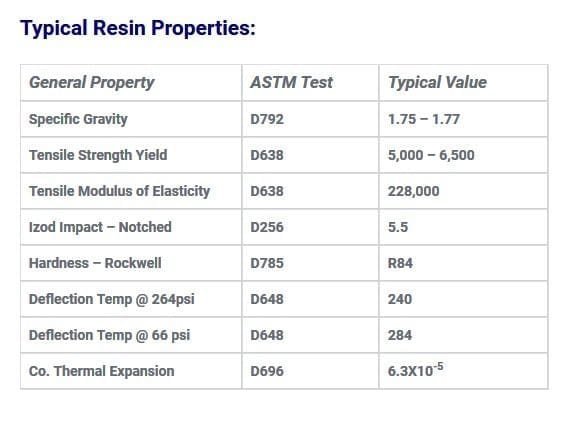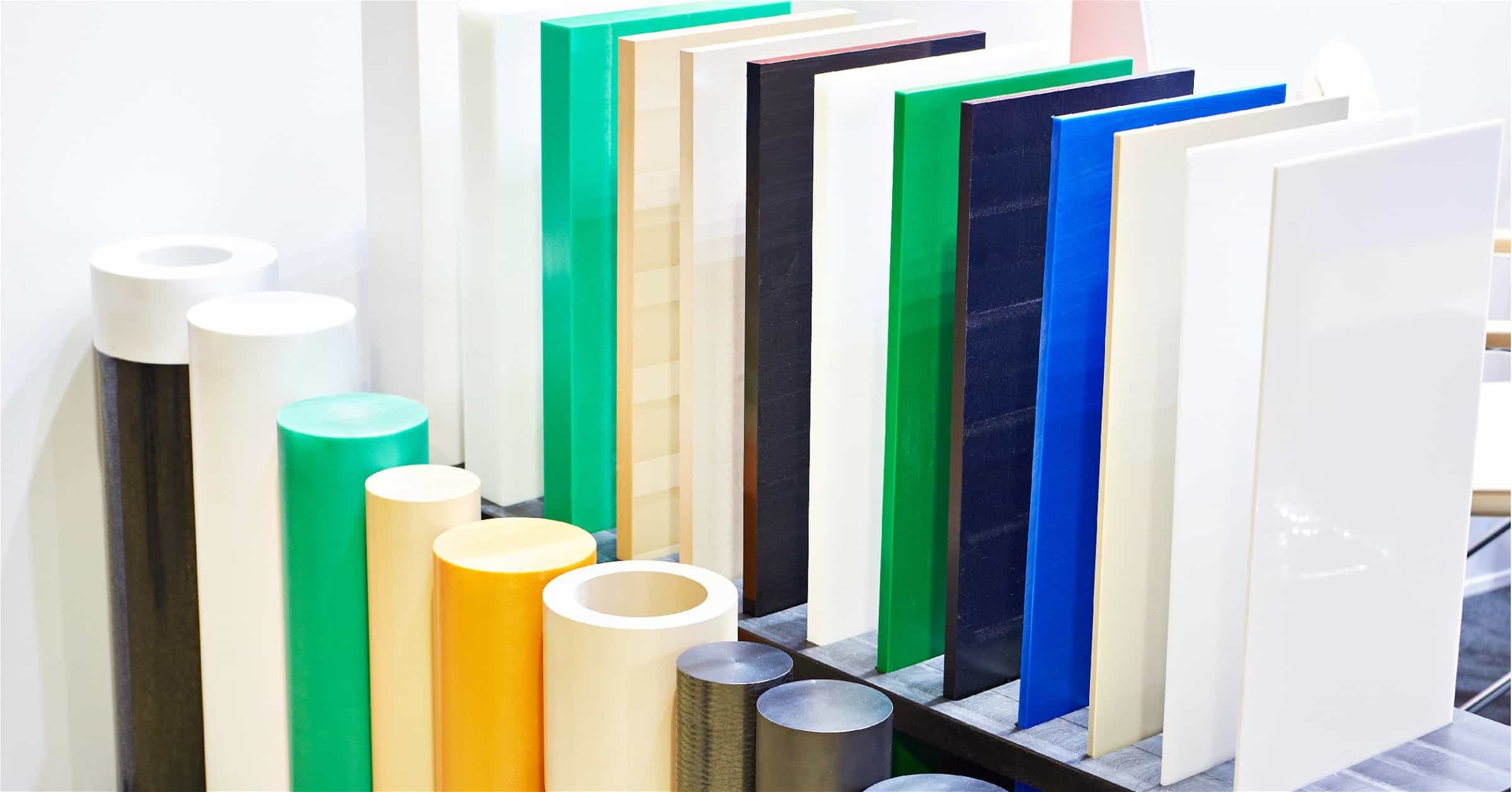PEEK
PEEK – Polyetheretherketone
Premium Material with Maximum Performance
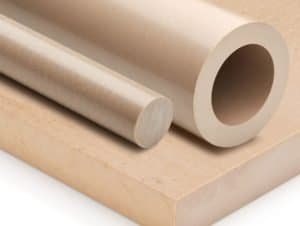
Tecapeek Natural Virgin PEEK
Polyetheretherketone – PEEK
Also available: PAEK, PEKK
PEEK is a highly crystalline thermoplastic with excellent properties making it an ideal material for medical, electrical, and electronic industries. It also makes great pump bodies, compressor components, valve seats, and housing applications.
Rated as “Best” or nearly the best in all mechanical properties of plastic materials. It carries UL 94-V-0 flammability rating and is FDA approved for food contact. PEEK has excellent dimensional stability, even under elevated temperatures.
VICTREX® is the leading supplier of this specialty resin with their Victrex® 450G material, although the name PEEK is generic for the resin. This range of materials also includes Avaspire®, PAEK, and PEKK grades which offer similar property ranges; but have slightly different properties in either impact, heat, or stress applications.
The industry generally calls these materials PEEK 450g Plate or PEEK 450g rod, indicating that the Victrex 450g resin is used to produce the PEEK plate or PEEK rod. While this has become standard practice, we would encourage you to use the complete call out of Victrex 450g PEEK plate or similar. Industrial Plastic Supply is one of the leaders in the High-Performance Plastic marketplace, and will only supply high-quality PEEK materials per our client’s specifications.
Our leading premium suppliers of these materials include Rochling Plastics – Sustapeek®, Ensinger Plastics – Tecapeek®, and ZL Plastics – ZL® 1500. These and other factories we partner with supply only high-quality, name brand resins. No counterfeit materials here! PEEK is a High Tech Performance Plastic.
Medical Grade PEEK is USP Class VI certifiable, contact us for more information.
These properties are for evaluation purposes only. This information is not to be construed as a warranty, guarantee or assurance that you may achieve the same results. Materials made from different resin types, manufacturing techniques and manufacturers will react differently. The information should be used to compare against other materials only, and each user should make his own tests to determine suitability. No warranty as to this materials suitability are either expressed nor implied.
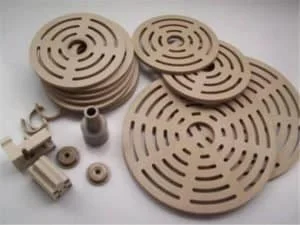
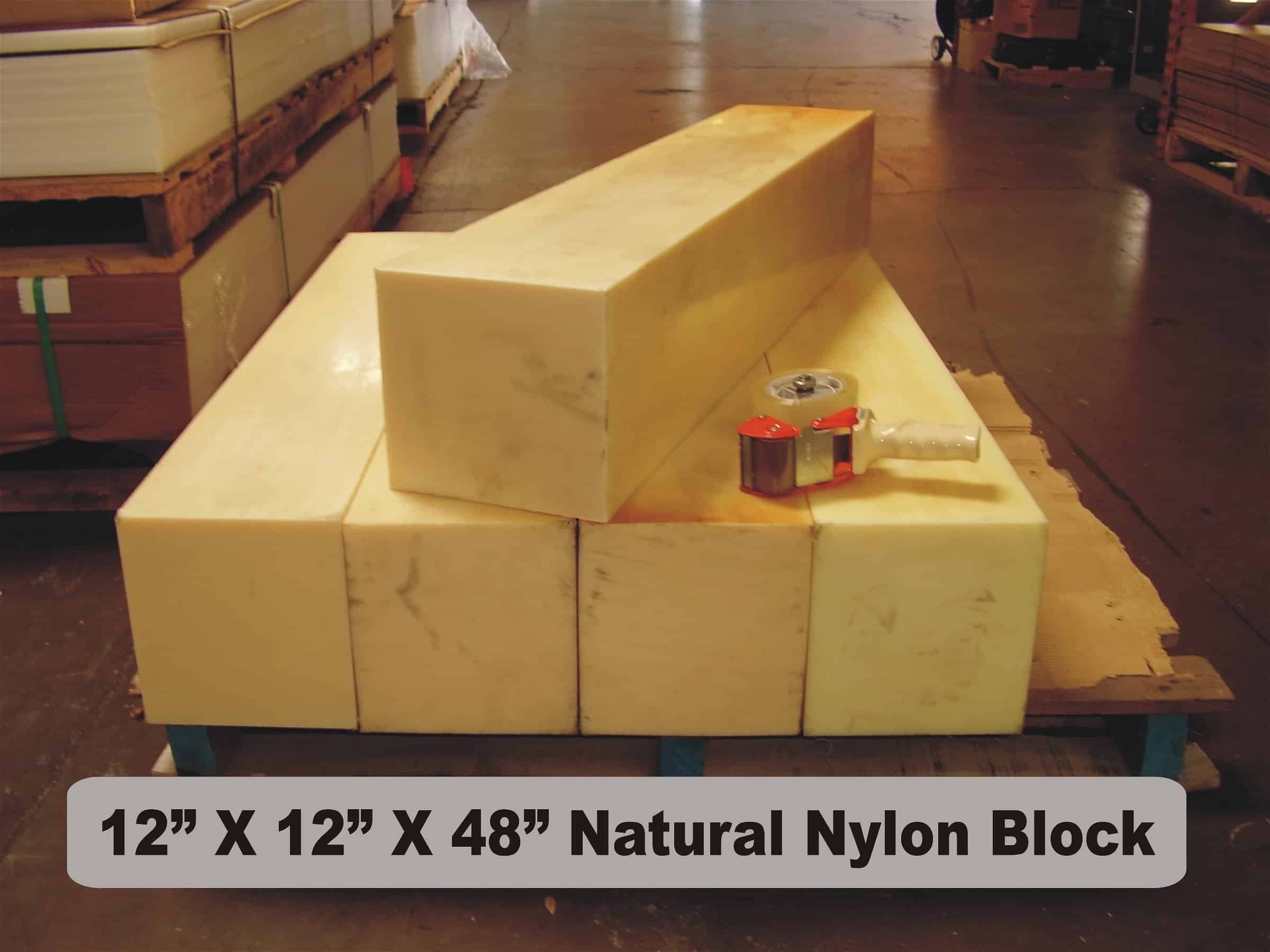


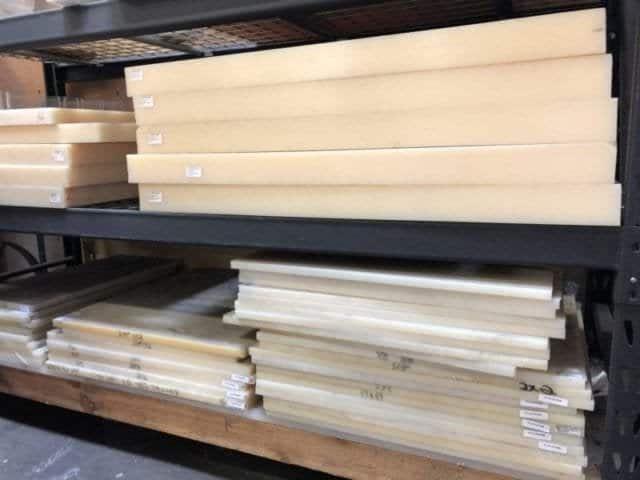
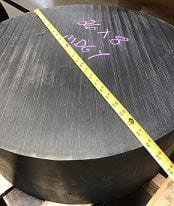
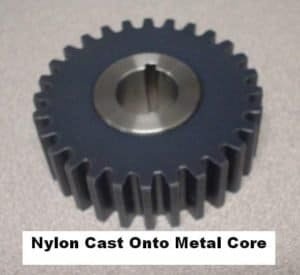
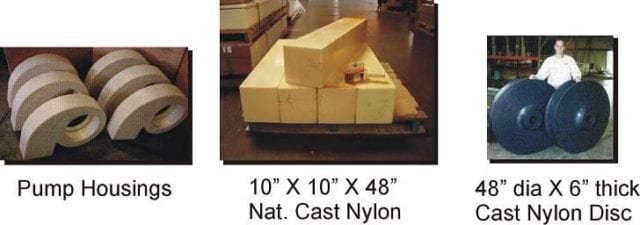
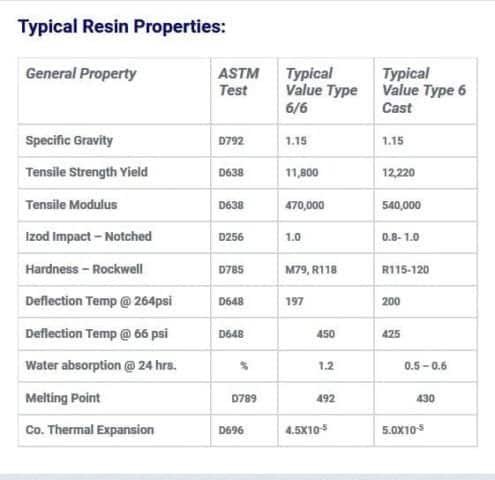
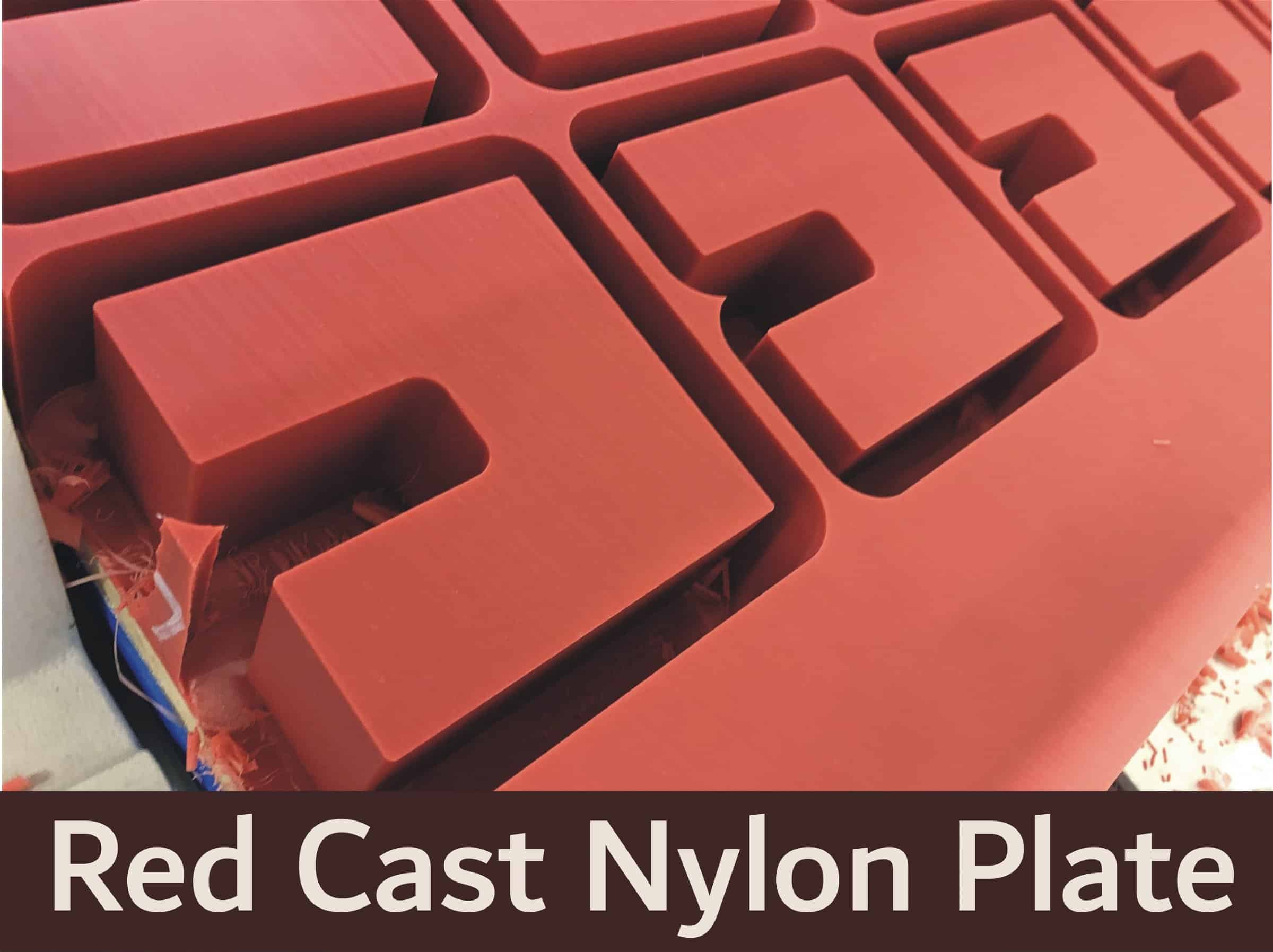



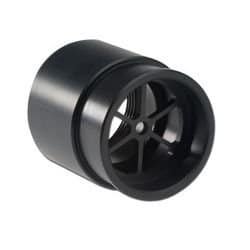

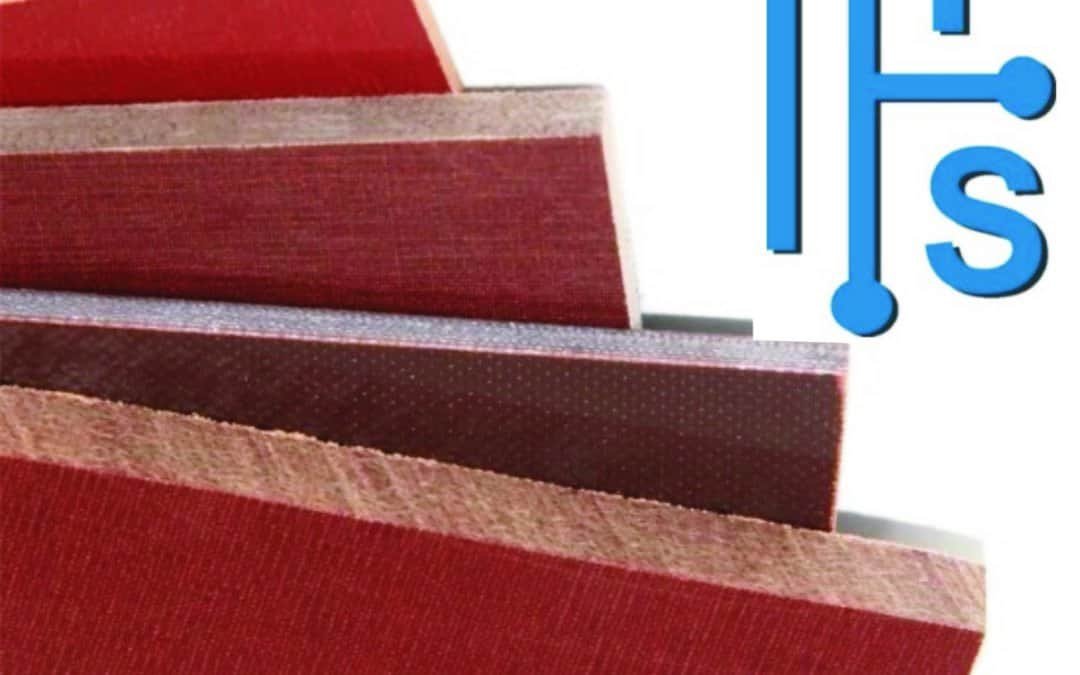

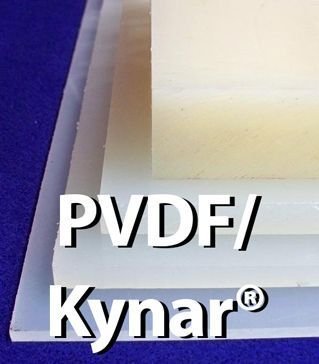
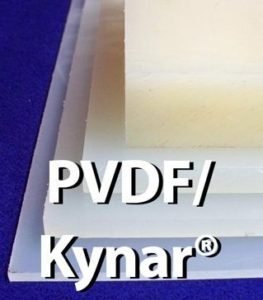 Why you should use PVDF – Kynar® brand:
Why you should use PVDF – Kynar® brand: